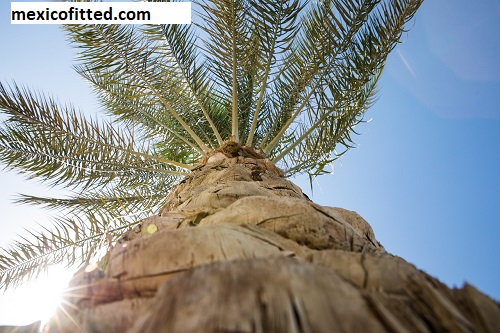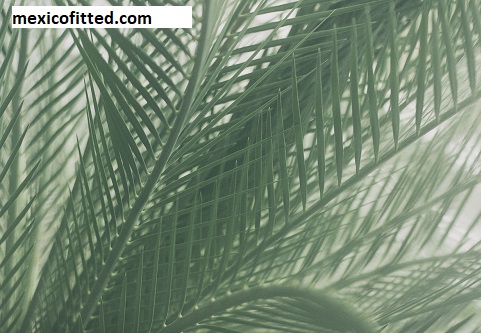The Travel Palm Plant: A Tropical Companion for Your Journeys:
Travel:
Travel is exciting but also stresses one to keep in touch with the natural world at least. For plant lovers and , many times like the thought of carrying some greenery along on journeys as it will not only make the journey better but also bring a kind of respite in any scenario. Amongst the perfect options for a -friendly plant is a palm, especially a small species that is easy to care for and transport. The purpose of this article is to discuss the benefits of palm plants, the most popular species for , and what’s involved in their care on the move.

Why Select a Palm Plant?
Travel:
1. Attraction Appeals:
- Palms are the first thing that pops into your mind at the mere mention of tropical landscapes and distant vacation destinations. Having a palm plant in your space can take you on an interesting hotel room or inspirational rental through instant pick-me-up in ambiance.
- Their lush, green fronds enhance natural beauty anywhere you might be: from a bustling city to a serene beach destination.
- Most of the palm species contain air-purifying aspects, such as the filtering of toxins to aid in improving the quality of interior air. Such palms are beneficial for confined small areas, for instance, hotel rooms or airplanes. Taking a palm plant can facilitate creating a healthier environment that enhances good breathing and wellness.
2. Less Maintenance:
Travel:
Most of the palm plants are low maintenance and thus perfect companions. They need very minimal water and can survive with indirect light to allow an individual, despite being indoors, to experience the natural world without fear of other time-consuming schedules associated with extensive care routines. That is very helpful, especially when you more often.
3. Access to Nature:
often makes you feel detached from nature, especially in cities. Bringing a plant reminds you of nature and grounds you in your . It is a small way to bring some of the outdoors to your daily and aids mental wellness and stress relief.
Some popular species of palm used for travel:
Travel:
For travel palm, let us opt for the compact, stout, and low-maintenance species. Below are a few of the best of the rest:
1. Areca Palm Dypsis lutescens:
The Areca palm is also called the butterfly palm. Of the ones listed here, Areca is perhaps one of the most popular for indoor use because of its feathery fronds and their grace. It does very well in indirect light and likes to be kept a little damp, making it a nice candidate for who could provide occasional care. It’s a manageable size indoors, around 3-7 feet tall, and easily pruned for .
2. Pygmy Date Palm (Phoenix roebelenii):
Travel:
The Pygmy date palm is the best dwarf variety suited for small areas. It has slender trunks and arching fronds, giving a much-needed tropical ambiance without taking up too much space. This type of palm thrives well under different light conditions and uses minimal water, thus it’s handy to take them along with you on a trip.
3. Parlor Palm (Chamaedorea elegans):
Travel:
The parlor palm is another good choice for . This palm is robust and can withstand low light and dry conditions, making it perfect for hotel stays. Also, with a height of about 4 feet in the wild, it’s easily packed in most luggage and adds elegance to any setting.
4. Lady Palm (Rhapis excelsa):
It tolerates indirect light and is rather drought-tolerant, which makes it very suitable for the lifestyle. The Lady’s palm is truly distinct with its fan-shaped fronds, which are said to purify the air. The plant can grow up to 6 feet tall but can be offered at a smaller size, so finding a size suited to your could be easy.

Tips on the Care of Your Palm Plant:
Travel:
- Watering Wisely: The most crucial aspect of caring for your palm is watering appropriately. One tendency when is forgetting to water the plant. A week or so before you leave, it’s advisable to water the palm well, but not to overwater it. Pot with drainage holes usually helps prevent root rot. If you’re going away for an extended period, you can also use self-watering pots or moisture-retaining soils.
- Light Requirements: While most palms are tolerant of indirect light, there’s a huge difference between knowing how many plants tolerate indirect light and knowing your specific plant’s light requirements. When, place the palm in bright, indirect light but not in direct sunlight where it will burn the leaves. If you’re staying at a very poorly lit place, consider placing the palm somewhere with higher light during your stay.
The palm plant is carefully packed while taveling in order not to get damaged:
Travel:
Wrap that along with a good strong pot and a little easily breathable cloth: In case there is a possibility of flying, the policy of carrying plants into the cabin should be checked by the airline. It is usually wise to check beforehand as small potted plants are allowed inside the cabin.

- Acclimatization: When you first get to the destination, allow the palm time to acclimate to the new surroundings. Often, if you came from a cooler climate and moved to a warmer one, you would gradually expose the palm to changed light and temperature. These steps would help to dissipate transplant shock and encourage healthy growth.
- Fertilization: While you are, fertilization won’t be at the top of your list, but in case you will be there for a long period, consider using a dilute balanced liquid fertilizer every few weeks so that your palm just blooms and thrives in its temporary home.